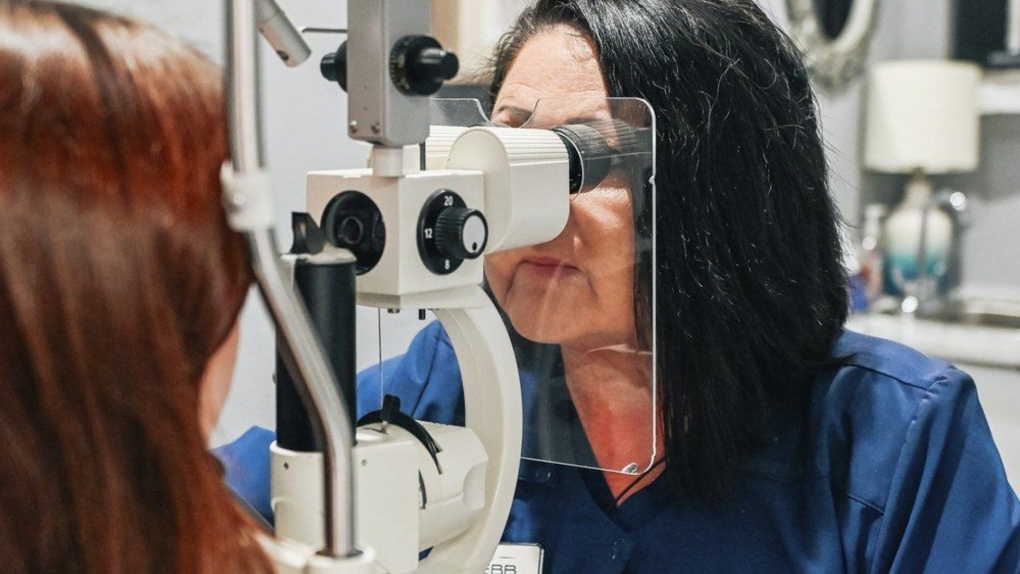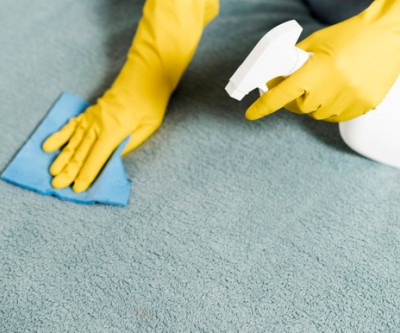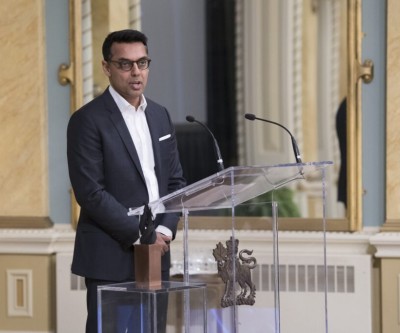Latest News
- Four years after Indigenous woman dies in Niagara Hospital, family still waiting for coroner's investigation
- Lawyer: British Columbia RCMP officer should be fired or resign immediately
- B.C. government looks to offer loan guarantees to property owners in Cowichan Aboriginal title area
- Uber driver's account in Toronto suddenly deactivated; only source of income cut off after 'duplicate account' claim
- TDSB education chief fired by provincial supervisor; sweeping changes at Canada's largest education board
Latest Ads
-
Jasmine Jewel
Call
-
Omidan group
Call
-
Amir Madanpour
Call
-
Dimo studio
Call
-
Yorkacademy
Call
-
Maryambagheri
Call
-
Shishlix Restaurant
Call

Teachers recommend putting an eye exam on your back-to-school list
When a boy started crying in third grade last fall, Audrey Jost pulled him aside while the other kids were resting. He said he had headaches and was falling behind other students, so Joost talked his parents into getting his eyes tested.
A few days later, the boy came back with contact lenses and looked like a different kid, said Joost, who teaches at a public school in Gilbert, Arizona. "It was an amazing change, just the change it made in him, academically and socially," she said. He just turned on that day.”
In her 18 years of teaching, Joost says she's seen this problem — and its relatively simple solution — many times, including with one of her own daughters.
That's why experts say late summer is a good time to add an eye exam to your back-to-school checklist.
Vision problems often go undiagnosed
The American Optometric Association says one in four children enters school with some form of vision problem that impairs their ability to learn, participate in sports, and observe the world around them.
But many kids won't tell you there's a problem because they don't know they have a problem, said Annette Wieb, an optometrist in Hot Springs, Arkansas.
"They have nothing to compare to," said Webb, who told the story of a boy who loved to draw trees but didn't see individual leaves until he put on glasses.
Many children with undiagnosed vision problems can develop behavioral problems because they are prone to apathy. They may seek to entertain themselves and thus disrupt the class. Or they might think they're copying the work of the student next door, but they can't actually see the math problem on the blackboard, Webb said.
"First, don't assume they're always cheating," Webb said. "If someone is in the habit of looking at the neighbor's paper, I'd definitely say that's a red flag."
How to diagnose a vision problem
Other signs that parents and teachers should watch for include blinking, asking to move around the classroom, and headaches, especially those that occur in the afternoon and are likely due to eye strain.
"Any complaints that they can't see, they're rubbing their eyes a lot, they have red eyes, if they're bumping into things, they should be investigated," said Megan Collins, an ophthalmologist at Johns Hopkins University.
Collins emphasized that vision screening, which is mandatory in most states, is an important first step in identifying children with potential eye problems. As a public health researcher, she advocates for strengthening school-based vision programs to help address disparities in access to eye screenings and exams in underserved areas.
But she said the end of summer is still a good time to remind families about the importance of vision for learning. A good starting point is annual checkups with a pediatrician who should perform a routine vision screening that identifies children at risk for the most common diseases.
Exceptions, he said, are children with a family history of eye problems or diseases that can affect the eyes, such as diabetes, or children taking medications with potential side effects. They should have a proper eye exam every year.
news source
Suggested Content
Latest Blog
Login first to rate.
Express your opinion
Login first to submit a comment.
No comments yet.


































